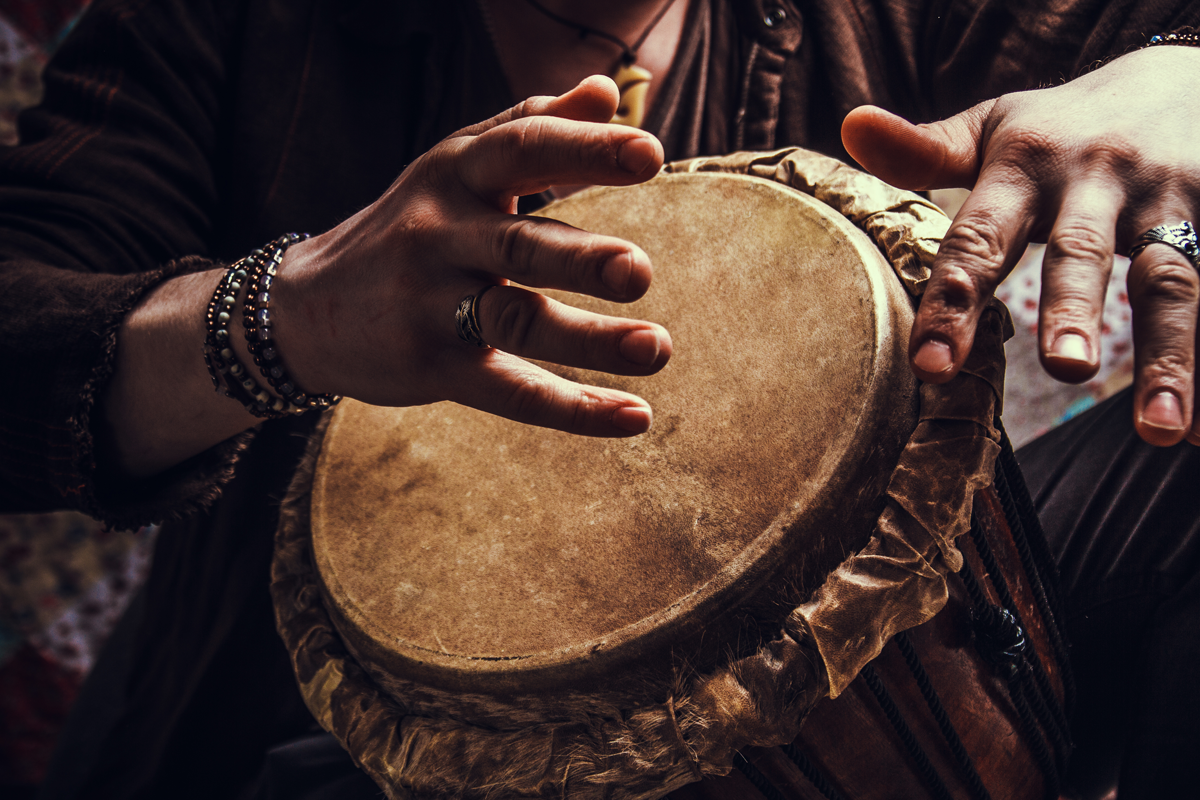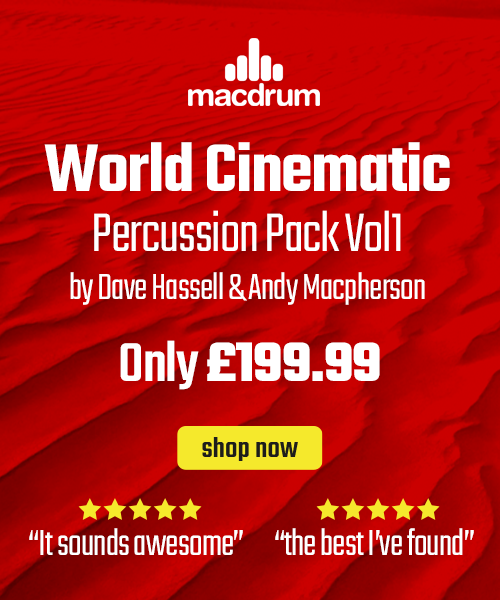
Composing music for TV and film using drum and percussion samples can add a unique and dynamic touch to the overall sound of a project. In this blog, we will explore the different types of drum samples that can be used in these contexts, including rock drum samples, cinematic drum samples, industrial drum samples, kick drum samples, and 60s drum samples or retro drum samples from various eras.
Rock drums
Rock drum samples can add a powerful and energetic feel to a scene or sequence. They can be used to create a sense of action, tension, or excitement, making them perfect for car chases, fight scenes, and other high-energy moments. These samples can also be used to create a sense of nostalgia, making them perfect for flashbacks or dream sequences.
Cinematic
Cinematic drum samples, on the other hand, can be used to create a sense of grandeur and epicness. These samples are often used in big budget Hollywood films to create a sense of scale and importance. They can be used to underscore key moments in a film, such as the climax of a battle or the resolution of a conflict. Cinematic drum samples can also be used to create a sense of mystery or suspense, making them perfect for thriller or horror films.
Industrial
Industrial drum samples can add a gritty and raw feel to a scene or sequence. These samples are often used in gritty, urban environments, such as crime dramas and action films. They can be used to create a sense of danger and tension, making them perfect for chase scenes or fight scenes. Industrial drum samples can also be used to create a sense of chaos and destruction, making them perfect for disaster films.
Kick drums
Kick drum samples can be used to create a sense of impact and power. These samples are often used in action films, sports films, and other high-energy projects. They can be used to create a sense of urgency and tension, making them perfect for chase scenes or fight scenes. Kick drum samples can also be used to create a sense of triumph and victory, making them perfect for the end of a film or significant scene.
Retro drums
60s drum samples can be used to create a sense of nostalgia and retro feel. These samples are often used in period pieces, such as films and TV shows set in the 1960s. They can be used to create a sense of innocence and optimism, making them perfect for coming of age stories or romantic comedies. The same applies to samples from other eras to of course. A certain percussion sound or even the application of things like reverb can easily spark images of a certain point in time. One example is the significant amount of reverb often applied to kick drums in the 1980’s or maybe samples from a classic drum machine of the time.
The overall sound
Drum and percussion samples can add a unique and dynamic touch to the overall sound of a film or TV show. By using different types of drum samples, such as rock drum samples, cinematic drum samples, industrial drum samples, kick drum samples, and retro drum samples and effects, composers can create a wide range of moods and emotions, making their music more effective and impactful. Whether you’re working on a high-energy action film or a nostalgic period piece, drum and percussion samples can help bring your project to life.
Macdrum packs
We have some great percussion packs for composers looking to add cinematic drum samples to their music. The World Cinematic series from Macdrum.com. This series features a wide variety of percussion samples and loops from around the world, including South American, African drums, Asian drums, and Middle Eastern drums. These samples can be used to add a unique and exotic flavor to a film or TV score, making them perfect for projects set in different parts of the world or for creating a sense of cultural diversity. The World Cinematic series is great for adding a sense of emotion and cultural weight to film or TV compositions, giving the audience a sense of the background and culture of the story. Both collections were performed by legendary jazz percussionist Dave Hassell, recorded and produced by Andy Macpherson with sound engineering by Andy Macpherson and Justin Richards.


